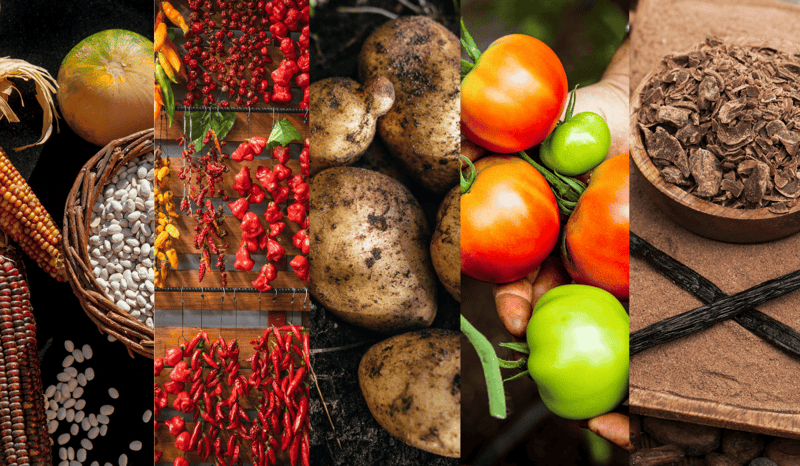
This Indigenous Heritage Month, explore the core plant-based ingredients that take center stage in Indigenous cuisine.
The importance of food to Indigenous cultures cannot be overstated—the agricultural practices of planting, cultivating, harvesting, and consuming food serve as a connection to the land, the self, and one’s ancestors. Food is considered sacred; a staple that both upholds communities and fosters a spiritual relationship with Mother Earth.
Over 60% of consumed goods in the United States are derived from Native food systems. Lois Ellen Frank—Native foods historian and James Beard Award-winning chef—emphasizes “The Magic Eight”: eight ingredients that, prior to European colonizers’ first contact in the Americas in 1492, did not exist anywhere else in the world. Because of Indigenous communities, culture, and knowledge, these eight (plant-based!) ingredients have completely transformed global cuisine:
“The Three Sisters”: Beans, Corn, and Squash
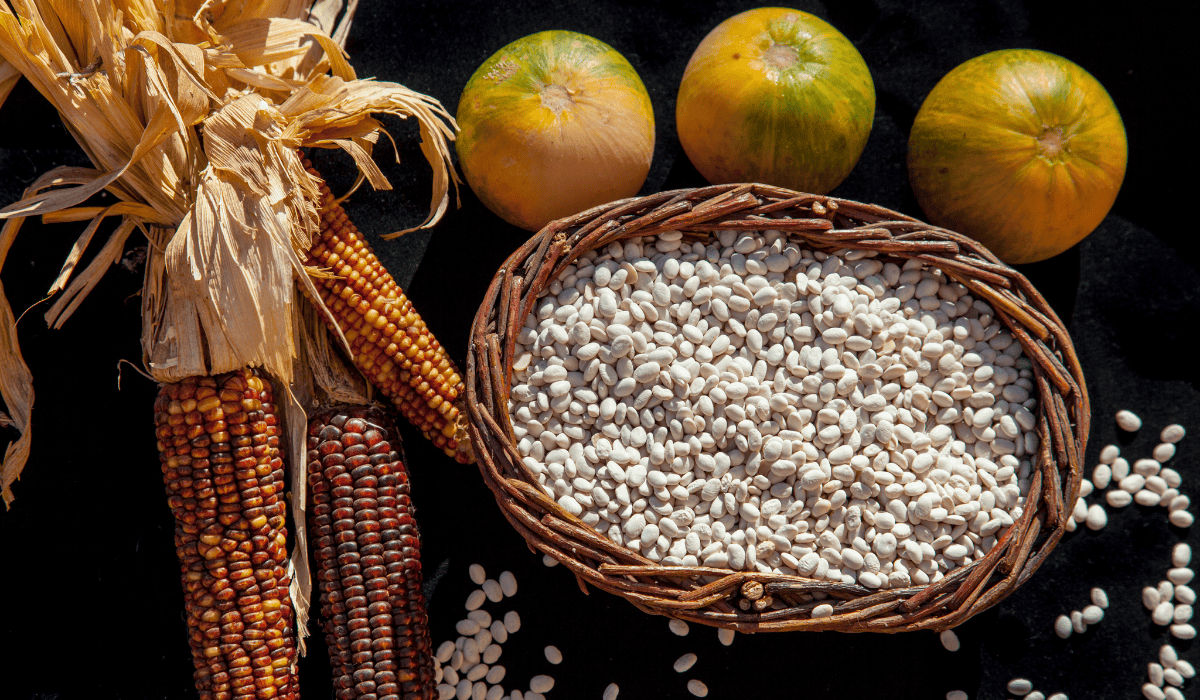
Beans (‘The Giving Sister’), corn (‘The Big Sister’), and squash (‘The Protector’) have traditionally been planted together because of their symbiotic nature—beans climb the stalks of the corn and stabilize nitrogen in the soil, while squash’s wide leaves provide shade for the ground and protection against pests. This relationship has earned them the nickname “The Three Sisters,” inspiring the traditional Indigenous dish “Three Sisters Stew.”
Potatoes
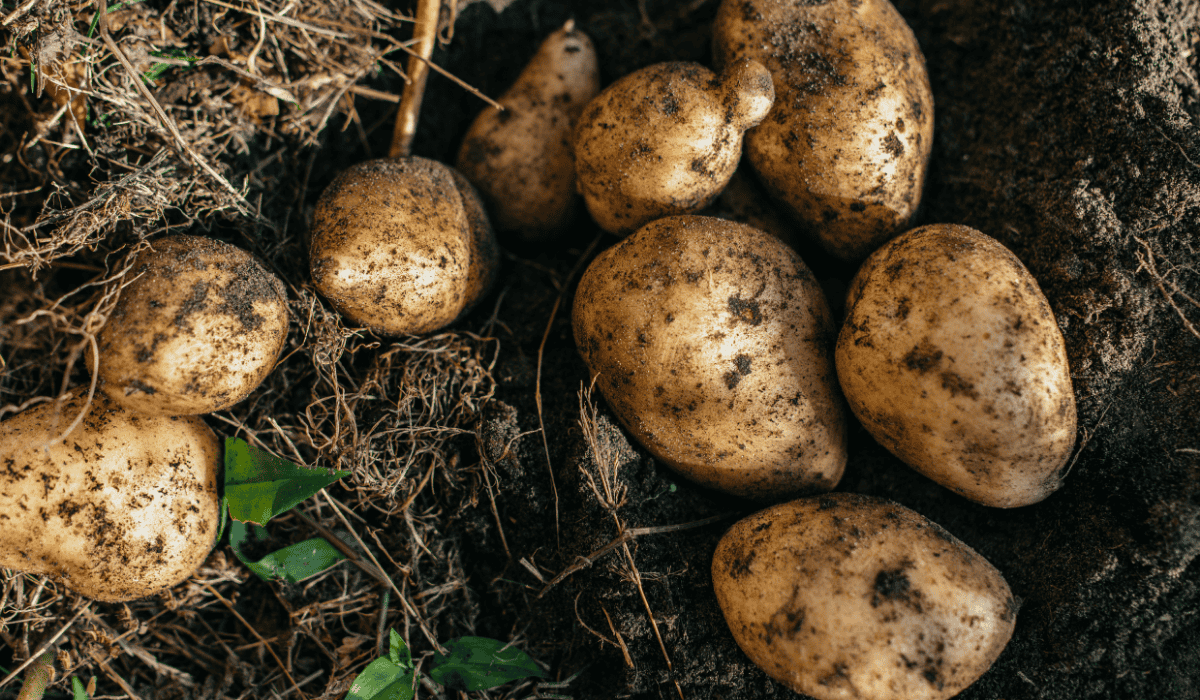
Even before “The Three Sisters” were brought up north from Mesoamerica, a special crop had already put down roots: the Four Corners potato. This variety of potato is native to the Bears Ears region of Utah, where it has supported Indigenous cooking for thousands of years. While Indigenous communities also cook with the varieties of potato that we’re more familiar with today, the Four Corners potato is a pillar of nutrition, with twice the amount of iron, calcium, magnesium, and protein than the domesticated red potato.
Chiles
Indigenous communities utilize chiles in more than just cooking—the right chili pepper can be used to treat a variety of ailments, from the common cold to rashes to stomach pain. In Indigenous cuisine, they’re commonly used to add a burst of heat to stews.
Tomatoes
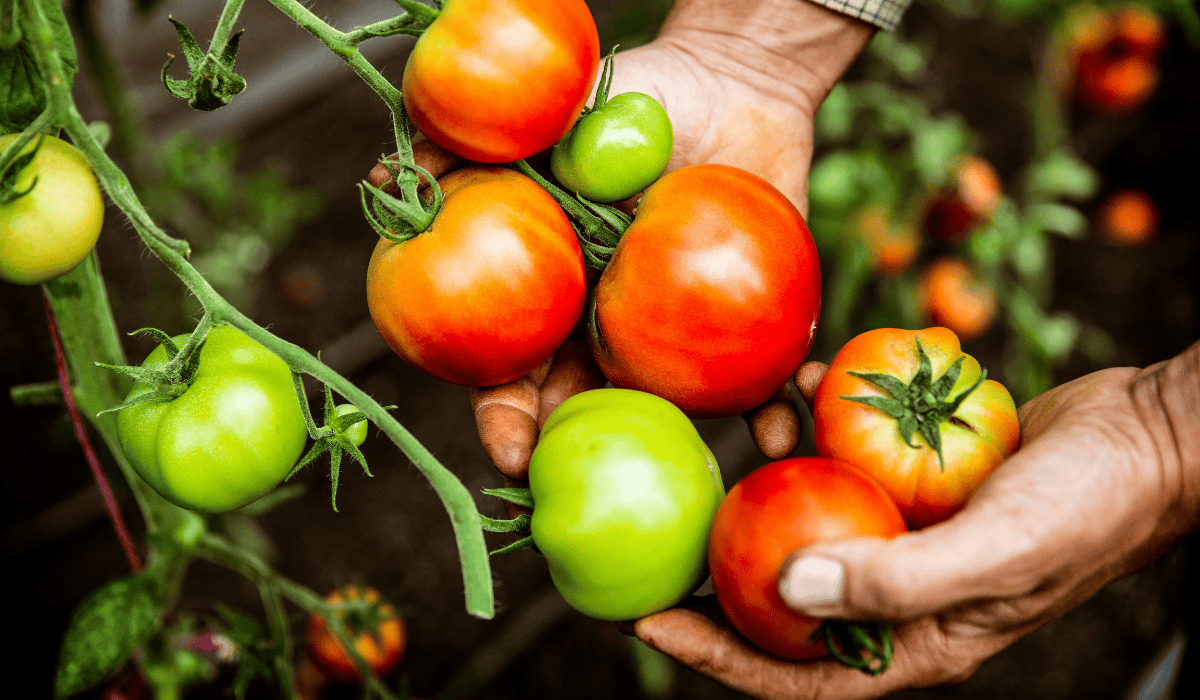
Today, tomatoes are ubiquitous all around the world—from pasta marinara in Italy and pico de gallo in Mexico, to shakshuka in Egypt and gazpacho in Spain. But without Indigenous communities and their expertise on the cultivation of this fruit (yes, a fruit!), these dishes would likely never have existed.
Vanilla and Cacao
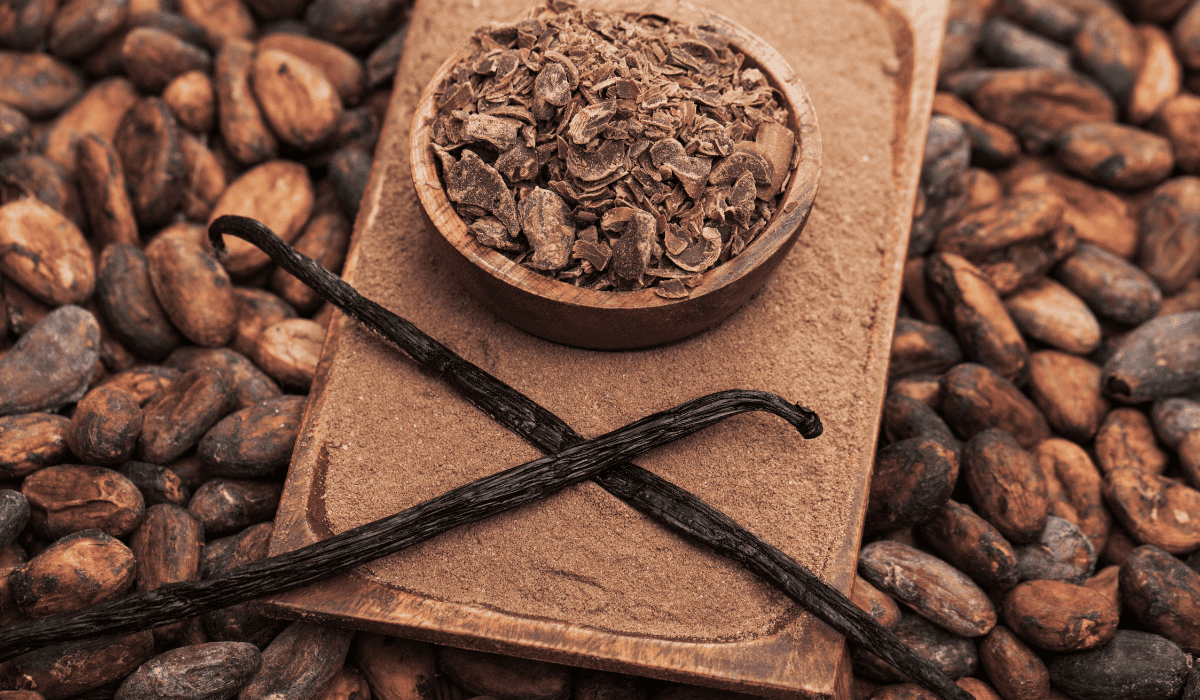
What have become two of the most highly sought-after ingredients in the world (and often appearing side by side in modern dishes and food products) were first grown and tended to by Indigenous farmers in Central America and the Amazon. Vanilla (tlilxochitl) was first used by the Aztecs to flavor chocolate drinks (xocolatl) derived from cacao. In Indigenous communities, cacao is consumed both as a daily and ceremonial ritual, its name derived from the Mayan words “Ka’kau,” or “heart blood,” and “Chokola’j,” which means “to drink together.”
Getting hungry? Make your next meal one of these five Indigenous plant-based recipes, and give thanks to the Indigenous cultures responsible for your plant-based plate!
Note: In our commitment to fostering inclusivity, we have chosen to employ the term “indigenous” as the overarching descriptor for this blog. We acknowledge that the people featured may also align with alternative nomenclature, such as Native American, Native, American Indian, Alaskan Native, and so forth.
